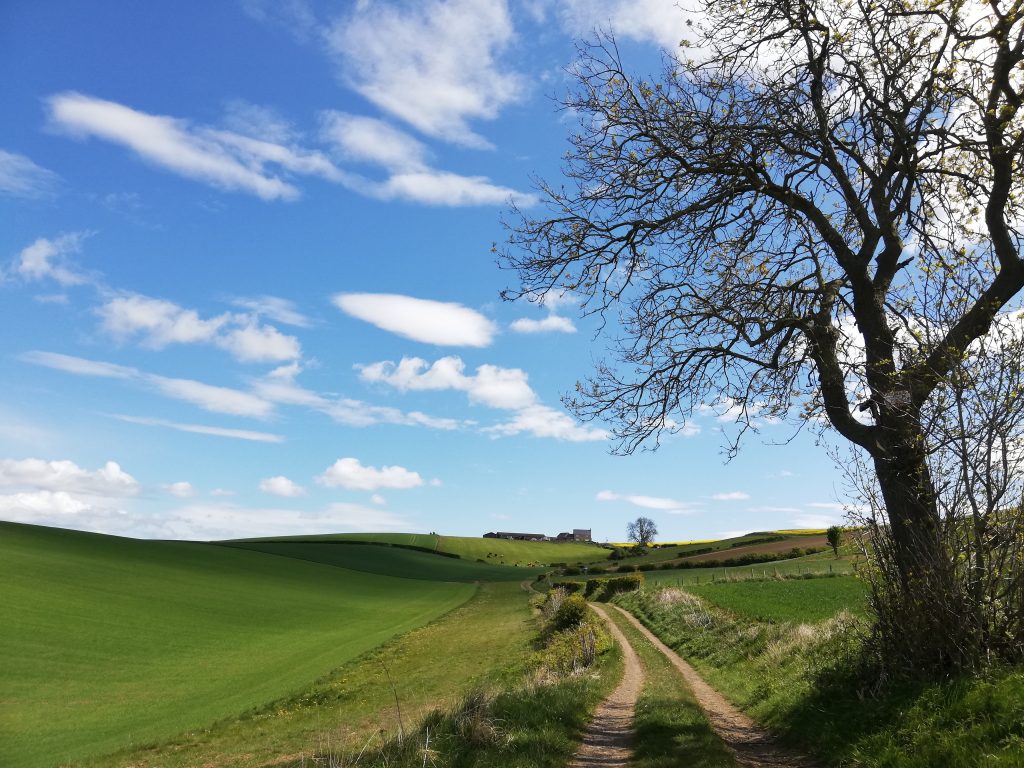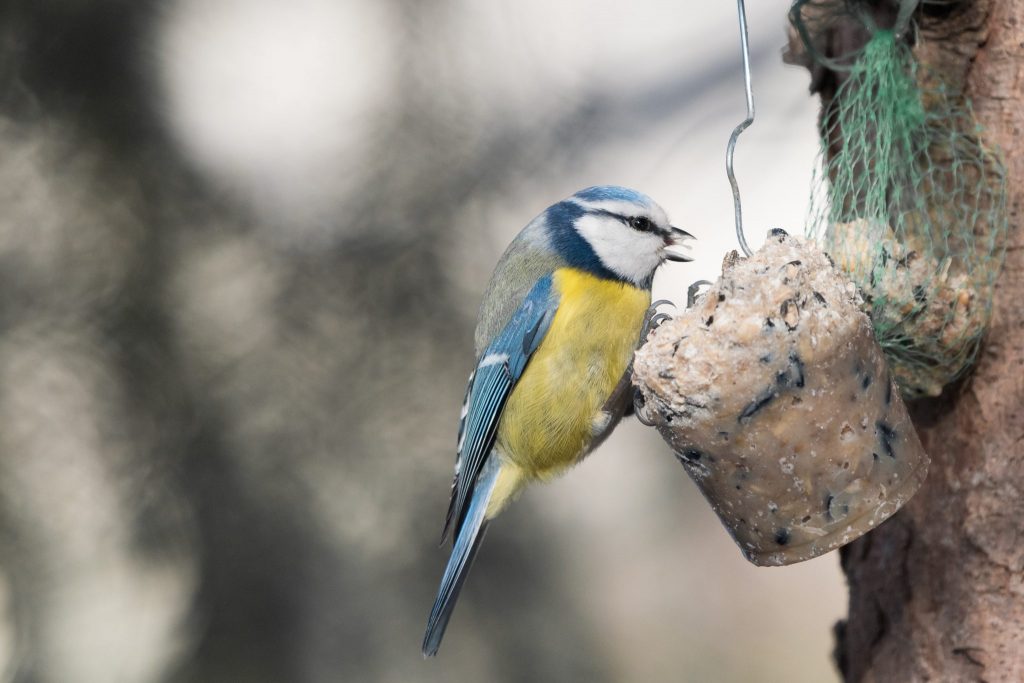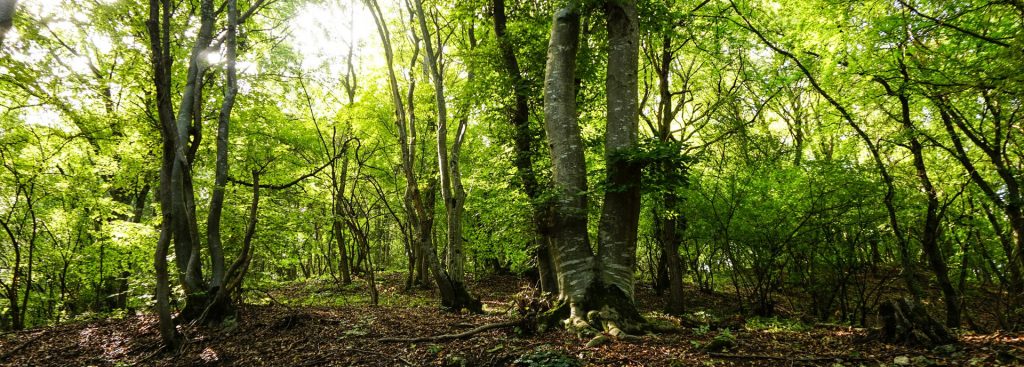Coronavirus has had an effect on every aspect of our lives. It has also affected habitats- both positively and negatively. Read on to find out how!
Positive- Coronavirus has improved air quality

Coronavirus has had an effect on every aspect of our lives. It has also affected habitats- both positively and negatively. Read on to find out how!
Positive- Coronavirus has improved air quality

When exploring local habitats, there are three key rules to remember. These rules allow everyone to enjoy the natural areas around them, and make sure that they are still there for future generations!

Produce the perfect stack of habitats in your own garden to attract useful and interesting invertebrates. And perhaps a hedgehog!

In the UK, an average garden is home to more than 2,000 species of insect. Many of these insects are useful to the hobbyist gardener, controlling those pesky bugs that can cause damage to our cherished plant life.
Continue reading “How to Make a Bug Hotel!”Urban areas often experience fragmentation, which is the splitting of habitats into smaller areas. This means fewer species can live in each fragment, as there is less access to food, water and mates.
Continue reading “Wildlife Corridors in Urban Habitats”We all know that having a nice garden can increase the value of a house. But did you know that gardens can also increase the value of urban habitats for wildlife? Read on to find out why gardens are increasingly important as an urban habitat!
A Winter Refuge
Did you know that cities and towns are warmer than the surrounding countryside? This means that, in winter, lots of species move into these places to shelter from the lovely UK weather. And gardens are a perfect compromise between urban comfort and rural living! If people put out food for the visiting wildlife, gardens become an even better living option!

What are ponds?
Ponds are a familiar feature of the British countryside and for many of us a beautiful garden feature that attracts wildlife into otherwise urban areas.
A pond is defined as a body of water (often fresh), that can vary in size and can be either naturally or artificially formed. Some ponds can be as small as 1 meter wide, whereas others expand to the size of multiple football fields!
Continue reading “Pond Life in the UK”
Most of us know that planting trees is a great way of combatting climate change and global warming. But did you know that trees don’t just get rid of carbon dioxide? They also reduce our risk of flooding, make sure our soils stay healthy, and provide us with oxygen! Read on to find out why woodlands are such an important habitat.
Continue reading “Woodlands: More than just a habitat”We’ve all heard of the concept of ‘habitats’. But what are they?
Every plant, animal, or micro-organism has evolved to survive in a particular area. This ‘area’ is its habitat. We’ve got some examples below!
